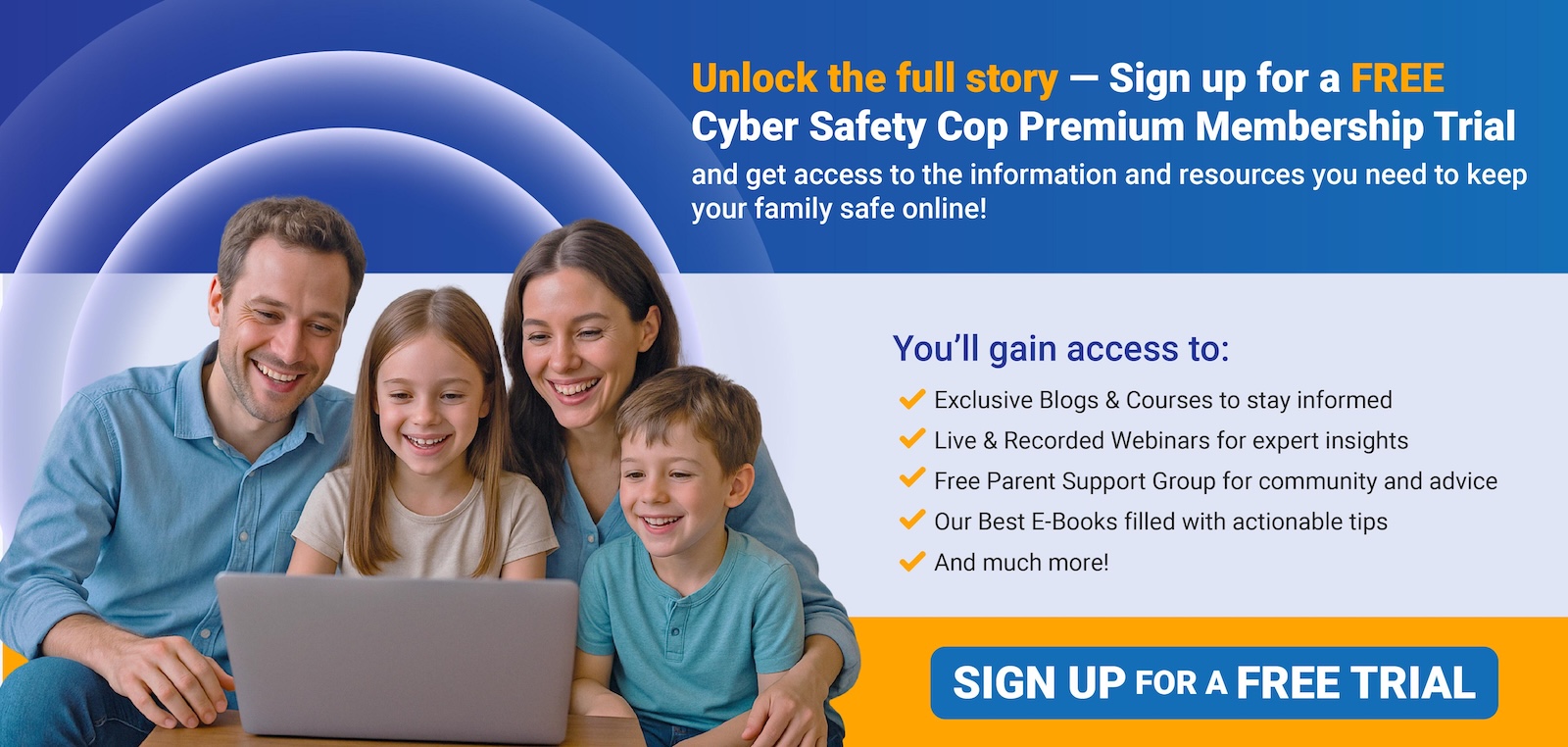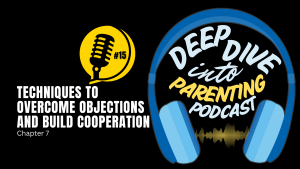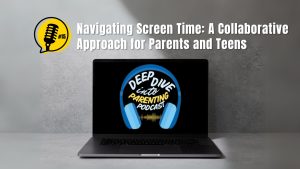What does online pornography, Harvey Weinstein, and the #MeToo movement have to do with each other? Why is one of the biggest proponents and incubators of sexual inequality and sexual violence against women getting a complete pass in this discussion? Read below to find how we can make a difference in our culture and train up our young men to respect women.
For more than a week, social media has been filled with stories told by women about their interactions with the producer Harvey Weinstein, accusations that range from verbal coercion to rape. But as horrifying as the allegations against Weinstein have been, more appalling still is the sense that his behavior isn’t uncommon. That in industries across the world, from media to music to modeling to academia, women have encountered their own Weinsteins and have deduced, for whatever reason, that nothing could be done about it and nobody cared. [1] Now women all over the world are bravely sharing their stories of being sexually harassed and sexually assaulted. Their stories are tagged with #MeToo. #MeToo has grown into a kind of movement, a rallying cry, an opportunity to shine a light on a very ugly part of our culture.
An important question is not being asked. Where do men like Harvey Weinstein think women are their playthings? The foundations for these beliefs begin at a young age. They are fed to our young men by a culture that has accepted pornography as harmless and even beneficial. We, as a culture, shy away from talking about this issue. The Internet has made hardcore pornography more accessible than ever before in human history. More people visit pornographic sites than Twitter, Netflix and Hulu combined. The average age of a child who is first exposed to ponography is ELEVEN. I have parents contact me on almost a weekly basis with heartbreaking stories about their very young children, as young as 6, unintentionally exposed to online pornography.
In an anonymous survey of 247 Canadian junior high school students whose average age was 14 years, James Check and Kristin Maxwell (1992) report that 87% of the boys and 61% of the girls said they had viewed video-pornography. The average age at first exposure was just under 12 years.
33% of the boys versus only 2% of the girls reported watching pornography once a month or more often. As well, 29% of the boys versus 1% of the girls reported that pornography was the source that had provided them with the most useful information about sex (i.e., more than parents, school, friends, etc.). [2] What are these boys learning? This is what they are learning:
In almost all porn, women are nothing more than objects used to satisfy the sexual desires of the man. Women in the video are depicted as being happy with whatever the man wants to do even if it’s painful or humiliating. A study of the most popular porn videos found that nine scenes out of 10 showed women being verbally or physically abused, yet the female victims almost always responded with either pleasure or appeared to be neutral. [3] As a result, male porn users’ ideas of what sex or loving relationships should look like are often warped.
How do our young men who are of dating age think about women and sexual violence? In an anonymous survey of high school students, boys who were frequent consumers of pornography and/or reported learning a lot from pornography were also more likely to say that is was “OK” to hold a girl down and force her to have intercourse. [4]
When I cover the effects of pornography in my parent seminar I often see women in my audience dabbing tears from their eyes. They come up to me after the talk and share how their marriage is failing, or has failed, because their husband is addicted to online pornography and now they are trying to protect their son from it. Their spouse’s frequent use of pornography lead to a loss of trust and intimacy between them. In a survey of members of the American Academy of Matrimonial Lawyers taken in 2002, 62 percent of the divorce attorneys surveyed said that obsession with porn had been a significant factor in divorces cases they had handled in the last year. [5]
Here is what we can do to make a difference:
Take a stand against pornography in your life and in your family.
Filter out pornography from you internet by using a firewall like Opendns.com or an app like Qustodio.com.
Talk to your children about pornography, and why they should not watch it. I cover how to do this in my parent seminar and in my book, Parenting in the Digital World.
References:
- Sophie Gilbert (2017), The Movement of #MeToo. Retrieved on Oct 22, 2017. https://www.theatlantic.com/entertainment/archive/2017/10/the-movement-of-metoo/542979/
- Kristin Maxwell and James Check, “Adolescents’ rape myth attitudes and acceptance of forced sexual intercourse.” Paper presented at the Canadian Psychological Association Meetings, Quebec, June 1992
- Bridges, A. J. (2010). Pornography’s Effect On Interpersonal Relationships. In J. Stoner And D. Hughes (Eds.) The Social Costs Of Pornography: A Collection Of Papers (Pp. 89-110). Princeton, NJ: Witherspoon Institute
- Kristin Maxwell and James Check (1992)
- Dedmon, J. (2002). Is The Internet Bad For Your Marriage? Online Affairs, Pornographic Sites Playing Greater Role In Divorces. Press Release From The Dilenschneider Group, Inc.






